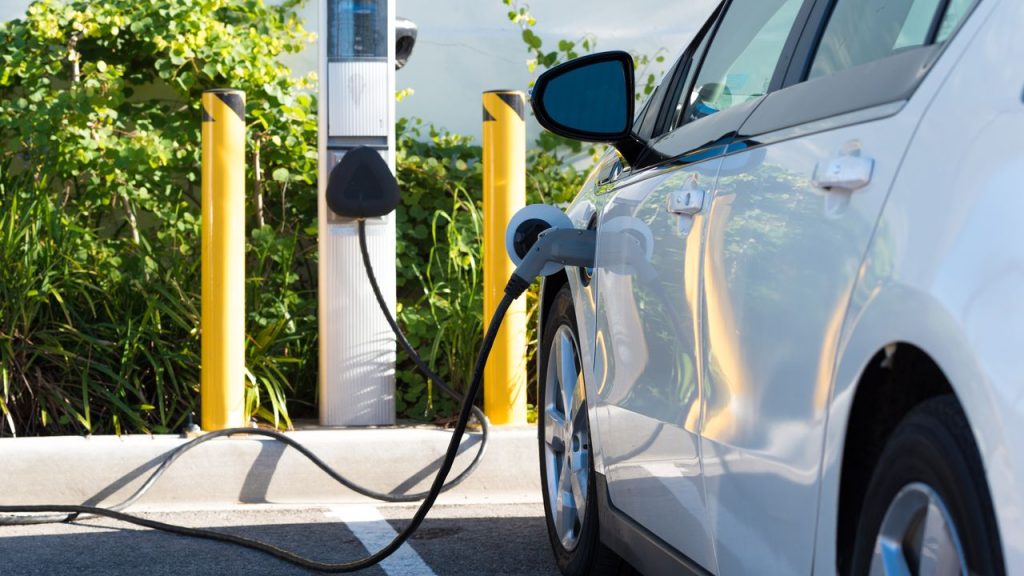EV Charging Infrastructure Monitoring: Ensuring Efficient and Reliable Charging
As electric vehicles (EVs) continue to gain popularity, the demand for a robust and reliable charging infrastructure is on the rise. EV owners rely heavily on the availability and functionality of charging stations to ensure they can conveniently charge their vehicles. To meet this growing demand, monitoring the charging infrastructure status, detecting faults, and implementing real-time monitoring systems have become crucial.
Charging Infrastructure Status: A Key Indicator of Availability
Knowing the status of charging infrastructure is essential for EV owners who heavily depend on it. Monitoring the charging infrastructure status allows operators to identify any issues that may affect the availability of charging stations. By implementing real-time monitoring systems, operators can keep track of the number of charging stations in operation, their occupancy rate, and any scheduled maintenance or downtime.
Real-time monitoring provides valuable insights into the utilization of charging stations, allowing operators to identify peak demand periods and plan for capacity expansion accordingly. Additionally, it enables operators to promptly address any issues that may arise, such as charging station malfunctions or power outages.
Charging Infrastructure Fault Detection: Ensuring Reliable Charging
Reliability is a crucial factor in EV charging infrastructure. EV owners need to trust that the charging stations will function properly and provide a consistent and reliable charging experience. Fault detection systems play a vital role in ensuring the reliability of charging infrastructure.
By continuously monitoring the charging stations, fault detection systems can identify any malfunctions or abnormalities in real-time. These systems can detect issues such as faulty connectors, communication errors, or power supply problems. Prompt detection of faults allows operators to take immediate action, minimizing downtime and ensuring a seamless charging experience for EV owners.
Moreover, fault detection systems can provide valuable data for preventive maintenance. By analyzing the detected faults, operators can identify patterns or common issues that may require attention. This proactive approach helps prevent future malfunctions and improves the overall reliability of the charging infrastructure.
Charging Infrastructure Real-Time Monitoring: Enhancing Efficiency
Real-time monitoring of charging infrastructure goes beyond simply detecting faults. It provides operators with a comprehensive overview of the entire charging network, allowing them to optimize its efficiency.
Real-time monitoring systems can track the charging speed, energy consumption, and charging duration of individual stations. This data helps operators identify any bottlenecks or inefficiencies in the charging network. By analyzing this information, operators can make informed decisions to improve the charging network’s performance, such as adjusting charging rates or optimizing the placement of charging stations.
Furthermore, real-time monitoring enables operators to gather valuable insights into EV owners’ charging behavior. This information can be used to develop tailored services or incentives to encourage off-peak charging or promote the use of renewable energy sources.
Conclusion
Monitoring the charging infrastructure status, detecting faults, and implementing real-time monitoring systems are crucial for ensuring the efficiency and reliability of EV charging. By continuously monitoring the charging infrastructure, operators can identify and address issues promptly, optimize the network’s performance, and provide a seamless charging experience for EV owners. As the demand for EVs continues to grow, investing in robust monitoring systems becomes increasingly important to support the transition to a sustainable future.


